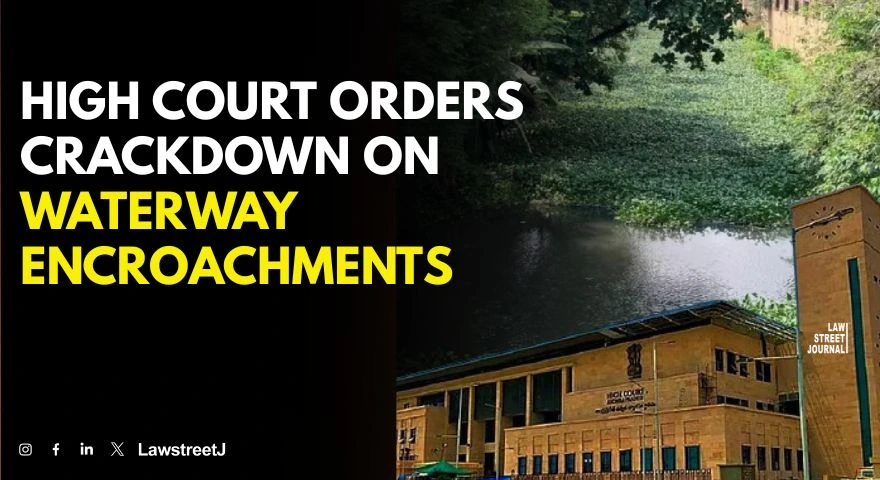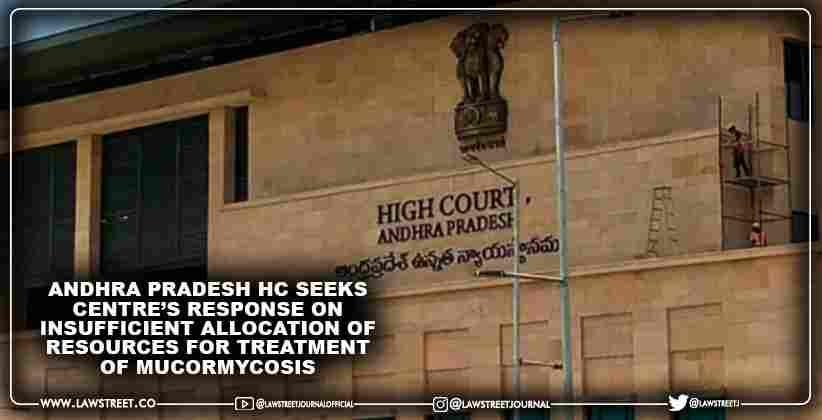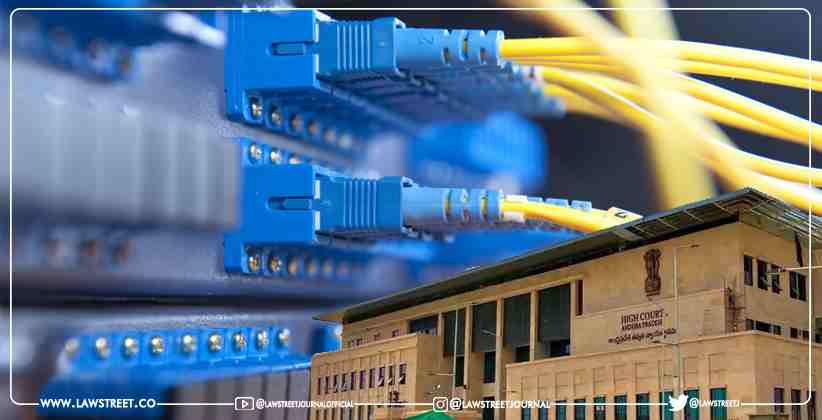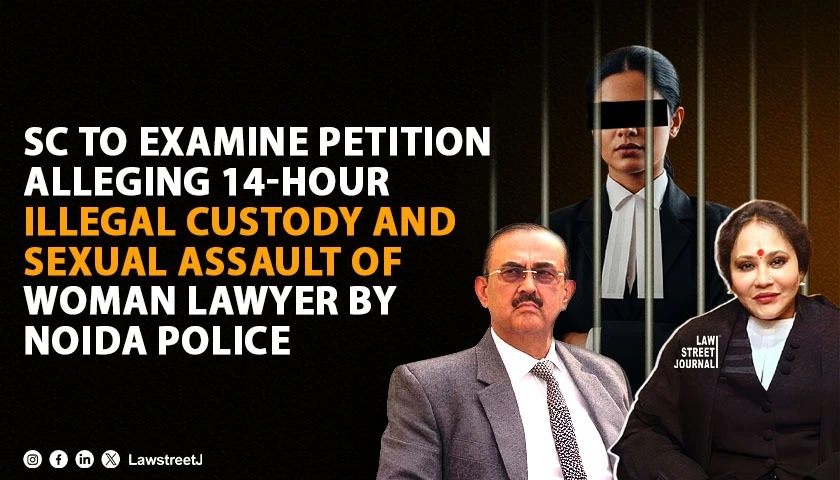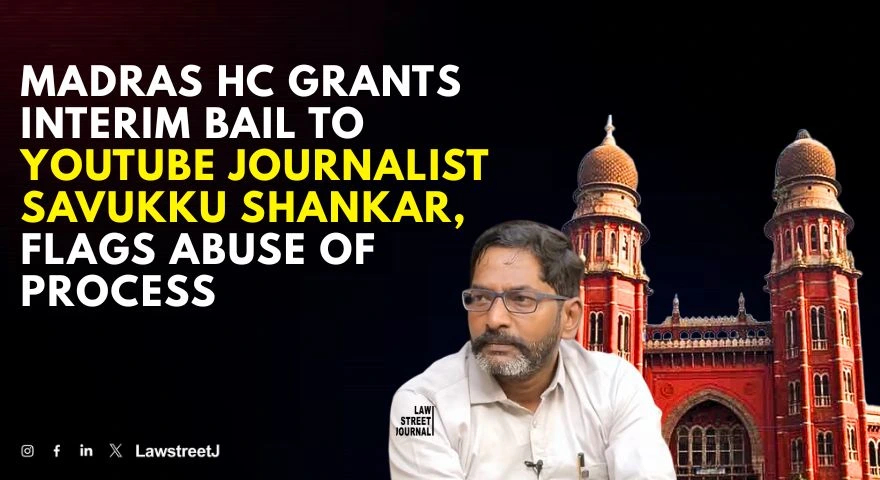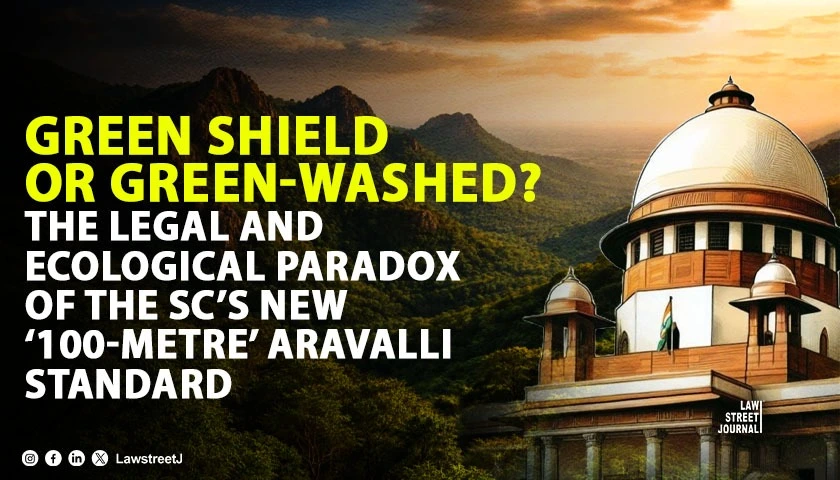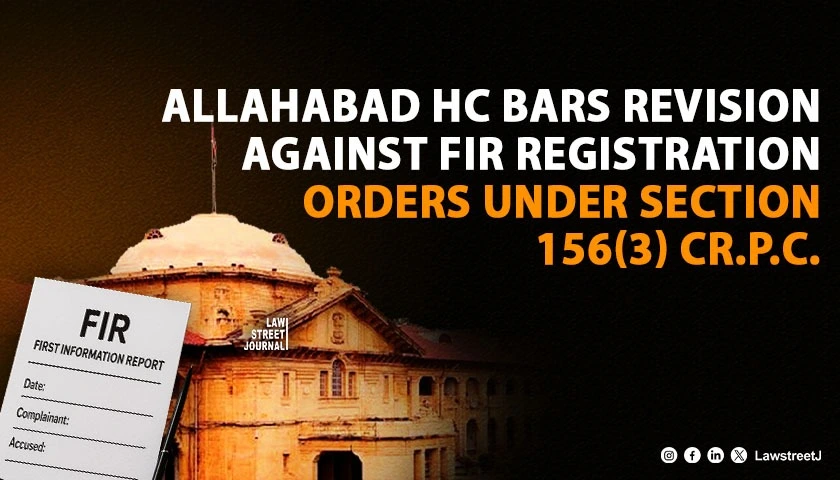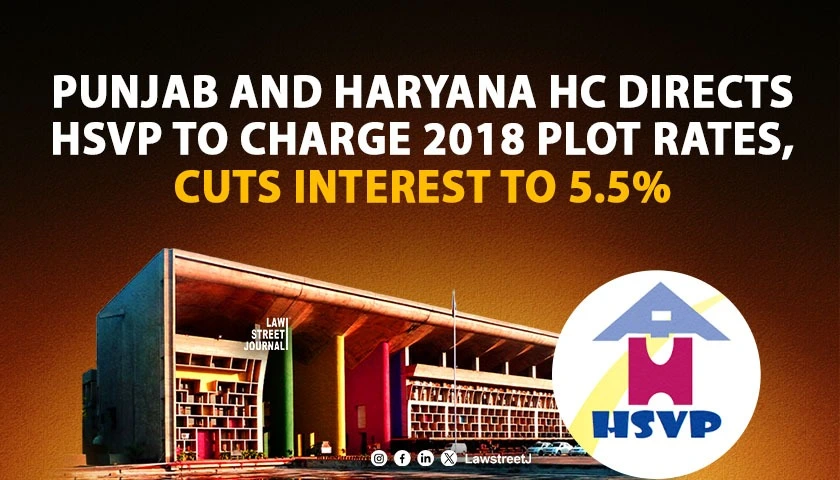Andhra Pradesh: The Andhra Pradesh High Court has delivered a landmark judgment emphasizing the urgent need for stringent laws to protect waterways and watercourses, while calling for accountability from both public violators and government officials who ignore illegal encroachments.
Justice Gannamaneni Ramakrishna Prasad issued the comprehensive order on June 23, 2025, in a case involving illegal construction over the Ralla Kodu Channel in Kaikaluru, Eluru District.
The court addressed a writ petition filed by Magineni Shanmukha Vinay Kumar and his wife, Magineni Satya Anjani, challenging a notice issued by the Tahsildar directing the removal of their bridge construction on the Ralla Kodu Canal.
The petitioners had obtained permission in 2015 from the Deputy Executive Engineer, Irrigation Department, to construct a bridge with specific conditions, including supervision by the Executive Engineer and maintaining the canal’s original width and depth. However, the court found that the petitioners had violated these conditions by constructing concrete slabs spanning 62 feet 11 inches, covering the entire stretch of the canal adjacent to their property.
Expressing serious concern about the violation, the court observed:
“The Writ Petitioners have clearly violated the conditional permission dated 10.06.2015 by laying concrete slabs to a length of about 62 feet 11 inches. This would indicate that the 62 feet 11 inches concrete slab had been laid by the Writ Petitioners without informing the Executive Engineer as laid down in the conditions.”
The court further remarked:
“It is unfortunate that, when such a huge construction is being built, neither the Revenue Officials nor the Irrigation Officials raised any objections or initiated appropriate action.”
Highlighting the broader implications of waterway violations, the court noted:
“These violations on waterways and watercourses, in which freshwater or drainage water flows, are damaging or destroying the flora and fauna besides causing humongous damage to human habitations. In times of flood, inundation of land by water becomes a virtual death trap for animals in the wild as well as for humans in villages, towns, and metropolitan cities.”
The court referenced NITI Aayog’s 2021 report on flood management, which identified that:
“Major reasons for floods of such magnitude are unplanned construction and encroachments on riverbeds that have reduced the capacity of rivers to carry floodwaters.”
In its comprehensive directions, the court ordered that:
“The Irrigation Department, Revenue Department, Department of Panchayat Raj, Municipalities, and Municipal Corporations shall ensure that all waterways and/or watercourses that carry freshwater as well as drainage water are maintained and preserved in terms of depth, width, and length as per the official records.”
The court mandated periodic inspections, directing that:
“Concerned Departments shall conduct periodic visits/inspections along the entire length of such waterways/watercourses, preferably once every six months, and submit reports to their respective Heads of Departments regarding violations or deviations from permits/licenses.”
For swift action against violations, the court instructed that:
“Concerned Heads of Departments, upon receiving such reports, shall forthwith initiate an enquiry and ensure clearance within fifteen days by following the due process of law.”
The court emphasized the need for legislative reform, stating:
“It is noticed that violators go scot-free with impunity because the existing law does not have a deterrent effect. Therefore, it is the right time for the Government (lawmakers) to enact laws, rules, and regulations to empower the Government Departments to achieve this purpose. This law needs to address not only violators from among the public but also officials who conveniently turn a blind eye to such violations.”
The court directed the Chief Secretary of Andhra Pradesh to communicate the order to all relevant departments, including Panchayat Raj, Municipal Administration, and Municipal Corporations, for strict compliance.
The petitioners were ultimately directed to remove the illegal concrete structure, retaining only six feet for ingress and egress purposes, with the removal to be supervised by both Revenue and Irrigation officials.
Case Title: Magineni Shanmukha Vinay Kumar & Anr vs. State of Andhra Pradesh & Ors.

